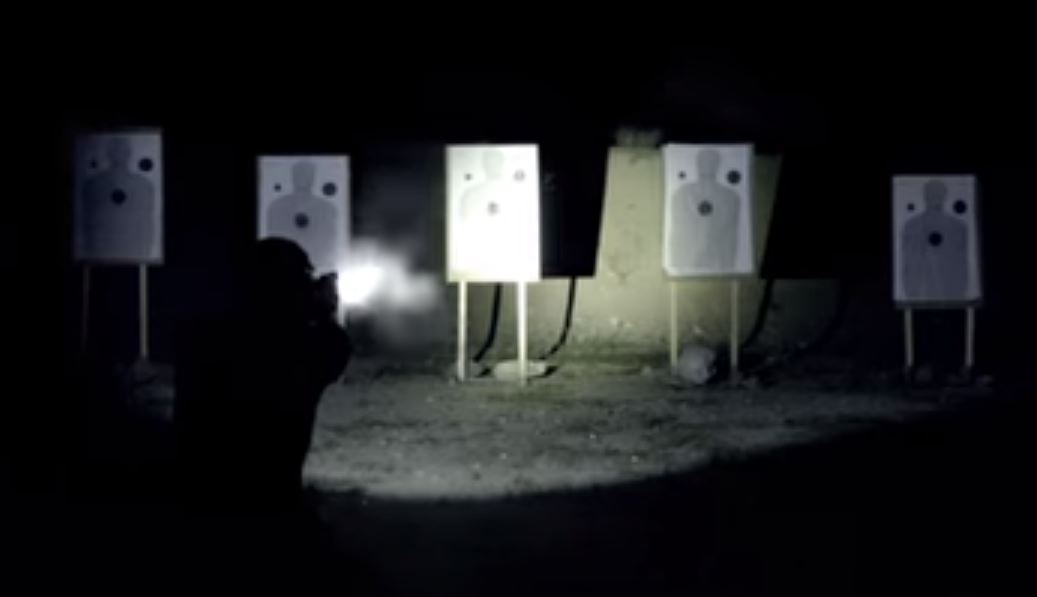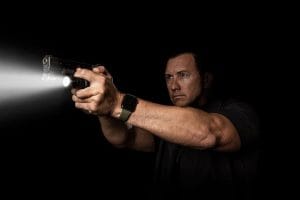What do you do when you need to engage a target at night or in another low-light setting? There are many schools of thought about how to engage a light source — either weapon-mounted or stand-alone — but either way, you need a light and need to know how to use it.

In the videos below, Travis Haley takes us through three effective uses of weapon-mounted lights and handheld lights in various tactical situations.
Applications of White Light
Often we find ourselves engaging in a gunfight in dark or low light conditions because crime happens all times of day and night. How do you effectively deploy a handheld light to help you find your target? Travis takes us through the basics with a few principles that apply following his saying “Time in the light is time as a target.”
Key takeaways
•Consider what you look like from the threat’s viewpoint.
•Be like a firefly – it appears and the next thing you know it’s somewhere else.
•Use the light as you search through the environment at random heights and different spaces.
Handheld Light Practice
What are the various ways you can hold and operate a hand-held light while operating a weapon? Travis shows various techniques using range drills.
Key takeaways:
•Never leave home without a handheld flashlight — even if you have a weapon-mounted light.
•It can be used as either back up or primary depending on the situation.
•Travis demonstrated three techniques: the Roger’s SureFire, Harry’s but modified for box stance, and Neck Index. Be sure to pay special attention to keeping the flashlight pinned against your cheek so the light, eyes, and gun all move together.
Light Discipline
So you have a light in a lowlight situation and need to see your target. When do you turn it on and off? When should you work the light vs working the shadows?
Travis Haley takes us through situations where the light should come on and come off based on movement, cover, and action required to win the fight. Remember that it’s a combat light, not a utility light to just turn on and compromise yourself everywhere. So you don’t want to let your light become a target. Like Travis says, “You gotta turn that thing off, man.”
Key takeaways
•Light goes off during reloads and location changes so the enemy doesn’t see what you’re doing and where you went.
•Use a momentary-on light so you can quickly and easily operate the on/off switch with your support hand and maintain your firing grip on the gun.
When you’re done watching the videos, check out our selection of handgun and rifle mags and accessories.




Pingback: Weekend Knowledge Dump- March 12, 2021 | Active Response Training()